There are a few things I cannot resist: lemon meringue pie, puppies, red lipstick, and fine alpaca yarns. If you put either of those in front of me, I am helpless. So, when I was asked if I wanted to have a look at Cumulus, a new alpaca/silk lace yarn from Fyberspates, I jumped at the chance. And Cumulus is indeed the yarn equivalent of a lemon meringue pie; it's impossible to just have a tiny bit. Then I was asked if I would mind of a few knitters had the chance to play with Cumulus using my Florence pattern - and I got terribly nostalgic. I'll tell you why in just a second but first look at this photo I was sent yesterday.
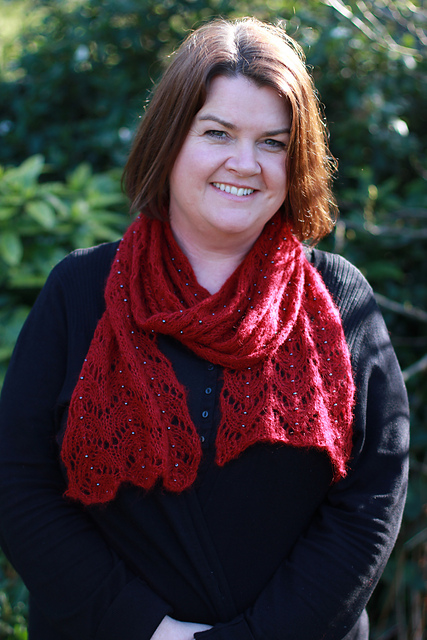
Isn't that just pretty? One of my favourite colour is red but it's so gosh darn it difficult to photograph that I don't use red yarn as often as I'd like. Thank you, Jan, for taking such a great photo!
Florence was one of the first patterns I ever wrote down. I remember being asked for a sweet, pretty scarf pattern by a yarn shop and I came up with Florence. The yarn shop handed out more than 1,500 patterns over the next three months and I was floored. Florence turned out to be one of those patterns that take on a life of its own: it has been downloaded more than 7,000 times on Ravelry and I know several yarn shops have used it for teaching classes. It's one of my few freebies on Ravelry and I took the opportunity to revise/update the pattern now that people were using it to try out Cumulus. The revised version has a couple of changes. I've cleaned it up (I like to think I'm a better pattern writer these days than when I first designed it) and - much more importantly - I have added beading instructions.
(You know what? I think Florence looks just perfect in Cumulus. Rawr. )

A lot of people have used beads on Florence and I have had many emails over the years asking if I could add beading instructions to the pattern. I have made sure the beading is still optional, but I do love how beads add weight to the scarf. It's really great to see that both Jan and Amanda chose to add beads. For my beading instructions, I wanted to emphasise the vertical lines in a pattern that has a lot of things going on horizontally - and also to keep the beading relatively simple and clean.
A big thank you to Team Fyberspates who brought the Florence love (you guys rock) and especially to Jeni who just knows colour.
(Fun fact: Jeni hosted the first ever luxury yarn trunk show I ever visited; I have never spent as much money on a simple skein of yarn as I did at that trunk show. Hey, it was green cashmere/alpaca/silk. It's still in my stash six years on. I told you I was weak in the presence of fine alpaca yarn)

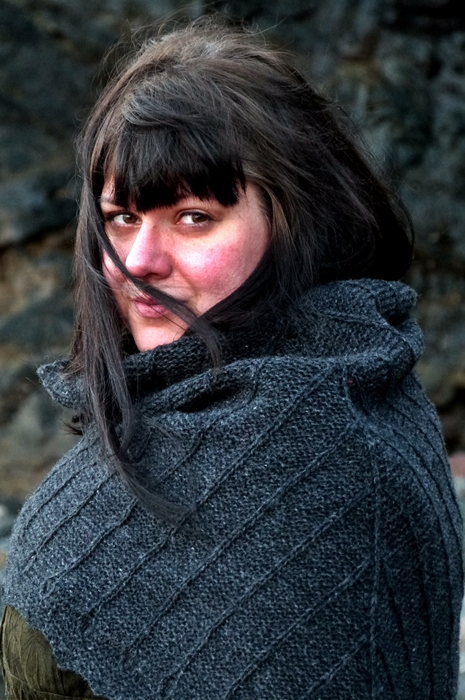
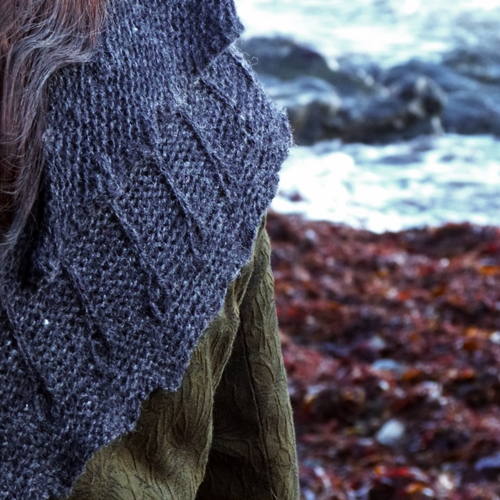
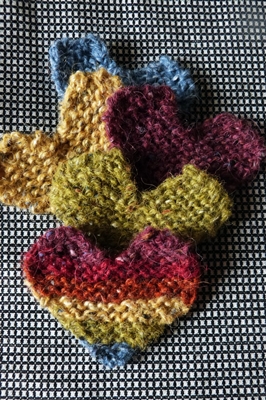
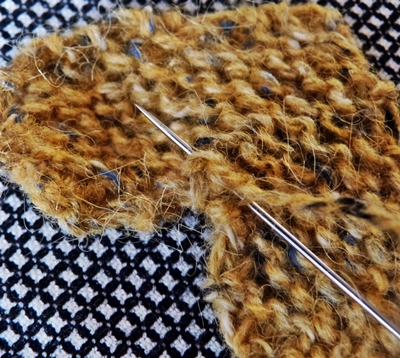
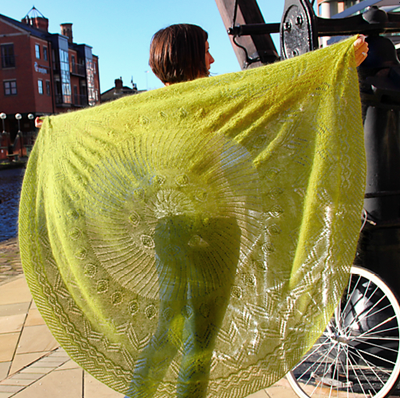

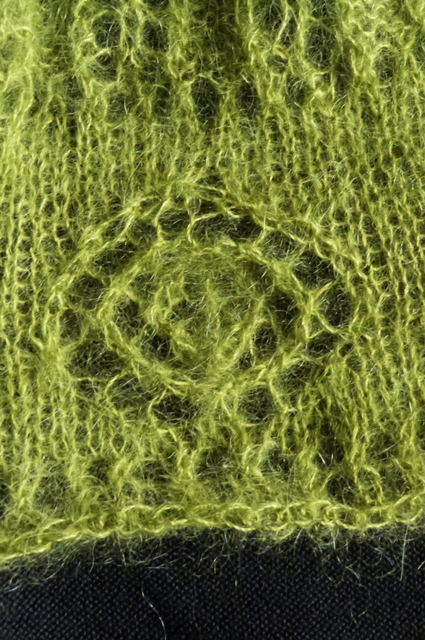
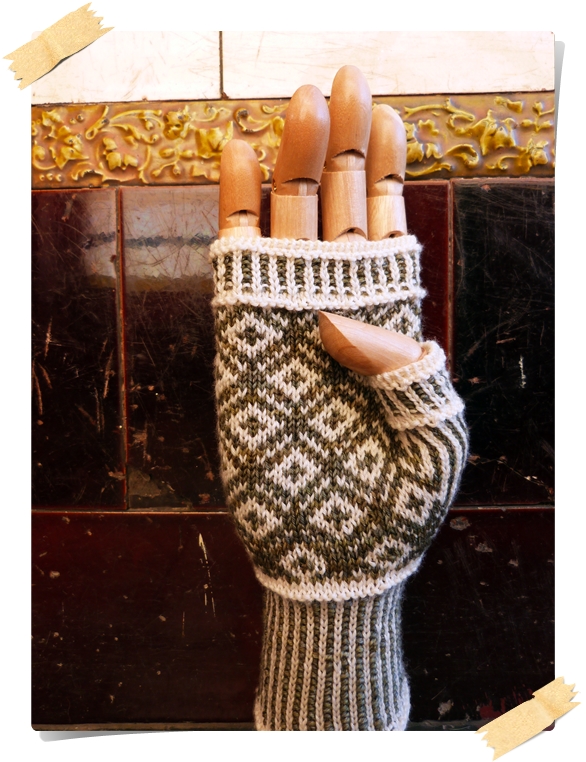 The Tenement Tiles pattern is inspired by the late 19th century tiles found throughout the Victorian apartment blocks ("tenements") in Glasgow. The pattern booklet includes a small essay about the tiles and Glasgow - the story of the tenement tiles is absolutely fascinating (it involves both cholera and false teeth!) and I have also included photographs of some of the tiles in my neighbourhood.
The Tenement Tiles pattern is inspired by the late 19th century tiles found throughout the Victorian apartment blocks ("tenements") in Glasgow. The pattern booklet includes a small essay about the tiles and Glasgow - the story of the tenement tiles is absolutely fascinating (it involves both cholera and false teeth!) and I have also included photographs of some of the tiles in my neighbourhood.
